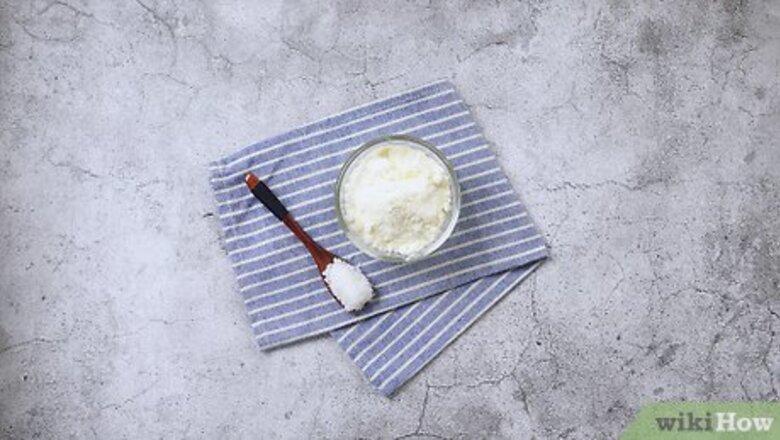
views
Mixing Dry Milk with UHT Milk
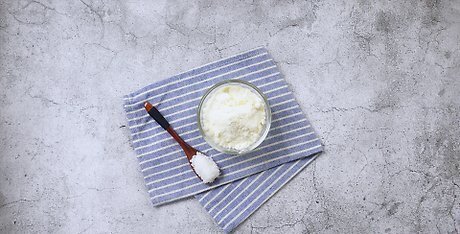
Choose your dry milk. "Instant" dry milk is the most common type, and the easiest to mix. "Regular" (or "non-instant") dry milk tends to taste worse. "Whole milk powder" has a richer taste (and may be satisfying enough on its own), but a much shorter shelf life. In the United States, dry milk labeled "extra grade" has passed certain taste and quality tests. Whole milk powder can be difficult to find in stores. You may need to order it online.
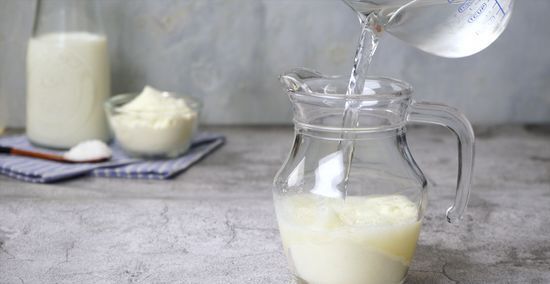
Reconstitute the dry milk. Start by mixing the dry milk with cold water. You can follow the instructions on the package, or use this approach (for one liter / one quart milk): Mix 315mL (1⅓ cups) instant dry milk into 500mL (2 cups) cold water until dissolved. Add in another 500 mL (2 cups) water and stir until well mixed. Let stand a few minutes and stir again. For regular dry milk, use 175mL (¾ cup) of the powder instead. Dissolve it in a small amount of hot water before adding to the cold water.

Mix with whole milk. Mixing nonfat dry milk with an equal amount of whole milk gives you a result roughly equivalent to 2% milk. If you buy dry milk for shelf life reasons, use UHT ("ultra high temperature") milk, which can last unopened for six months at room temperature. If you buy dry milk to save money, use ordinary milk and mix in as much as your budget allows. UHT milk tastes slightly sweeter than regular milk, and not everyone likes the extra flavor.
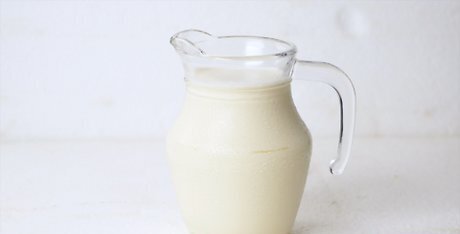
Chill the milk. Alone or mixed with real milk, dry milk tastes best cold. If you do not have a refrigerator, wrap the container in a wet towel and put it in a cellar or other cool location. If your milk is lumpy, chill overnight and stir again the next day. Lumpy milk can result from old or poorly stored powder. "Regular" (non-instant) powder tends to form lumps even when fresh.

Store the remaining powder. After opening a dry milk package, pour the leftover powder into a glass or metal container (plastic can add an unpleasant odor). Seal tightly and store in a dark, dry location. If you live in a humid climate, add a desiccant pouch.
Restoring Fat to Dry Milk
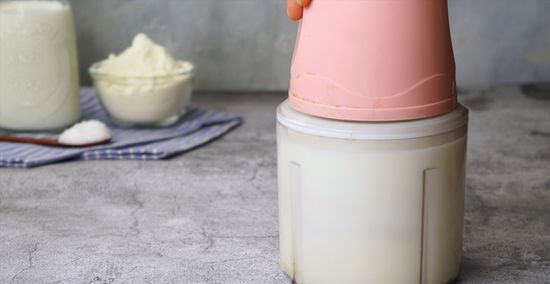
Reconstitute the milk as usual. If you're using instant nonfat dry milk powder (the most common type), mix in 315mL (1⅓ cups) powder into 1 liter (1 quart) water. A blender is recommended for this method, but you can whisk by hand instead.
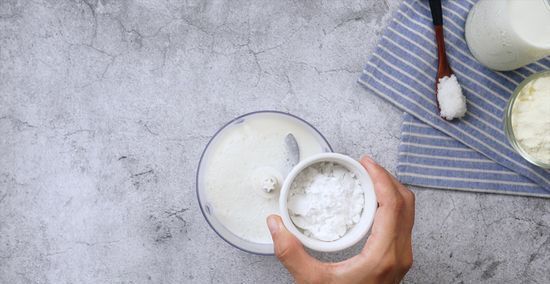
Mix in egg powder. Egg is an emulsifier: it allows you to combine ingredients that do not normally mix. In this case, it will let you mix in fat that restores richness to your nonfat dry milk. Egg powder is recommended since it is shelf-stable and safe to eat without cooking. Blend in the following amount with the reconstituted milk: To make 1% (low fat) milk, mix in 1.25mL (¼ tsp) egg powder. To make 2% (reduced fat) milk, mix in 2.5mL (½ tsp) egg powder. To make whole milk, mix in 15mL (1 tbsp) egg powder. Note: If you don't mind buying specialty ingredients, you can add 3 to 10g soy lecithin instead to avoid egg flavor.
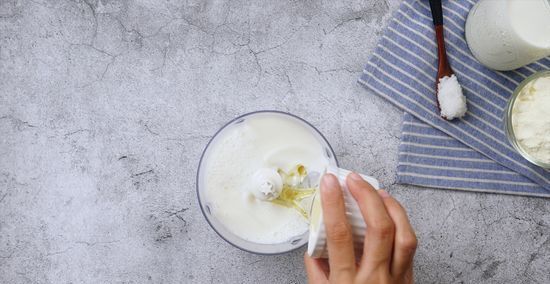
Blend in a neutral vegetable oil. Choose an oil with little to no taste, such as refined canola, safflower, or sunflower oil. Blend or whisk it into the milk thoroughly, until you can't see any oil droplets. The amount to add depends on the flavor you're going for: For 1% milk, use 10mL (2 tsp) oil. For 2% milk, use 20mL (4 tsp) oil. For whole milk, use 30mL (2 tbsp) oil. Note: You might get a more authentic milk flavor from "butter powder" instead, which you can find online. This is untested, so try it at your own risk. Butter powder is not as dense as oil, so you'll need to use more than the amounts listed here.
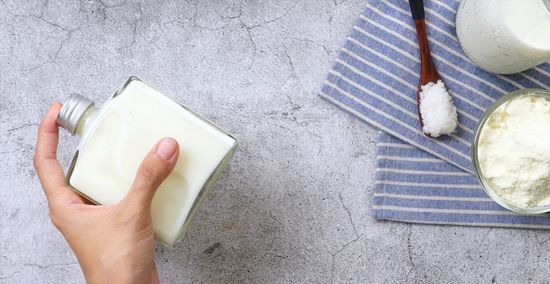
Shake well before using. The oil will start to float to the top within a few hours. Shake the bottle well to mix it again. If the milk doesn't taste quite right, add a little sugar or other flavoring. See below for suggestions.
Adding Other Flavors to Dry Milk
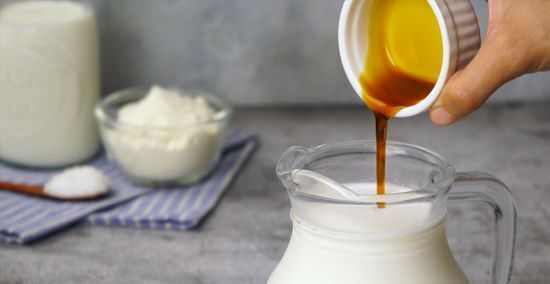
Add vanilla extract. A drop or two of vanilla extract in a liter (quart) of reconstituted dry milk can greatly improve the flavor.

Mix in sugar. Reconstituted dry milk contains just as much sugar as regular milk, but extra sweetness can hide unpleasant flavors. Stir a small spoonful into your glass, or make a pitcher of "dessert milk" by adding 30mL (2 tbsp) sugar in one liter (quart) of milk. Chocolate syrup covers poor flavors even more.

Add a pinch of salt. This may surprise you, but a small amount of salt can enhance other flavors without making your milk taste salty. Stir it in well and you may notice a sweeter taste to your milk.
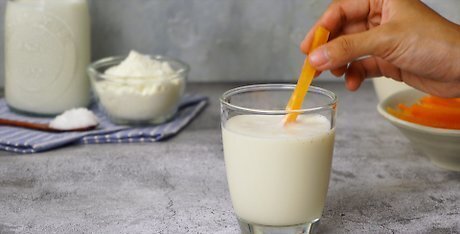
Steep a carrot in your milk. Peel a carrot, chop it into large pieces, and let it sit in a refrigerated jug of milk. Strain it out when you're ready to use the milk. This won't have a major effect, but it can improve the taste a little.


















Comments
0 comment